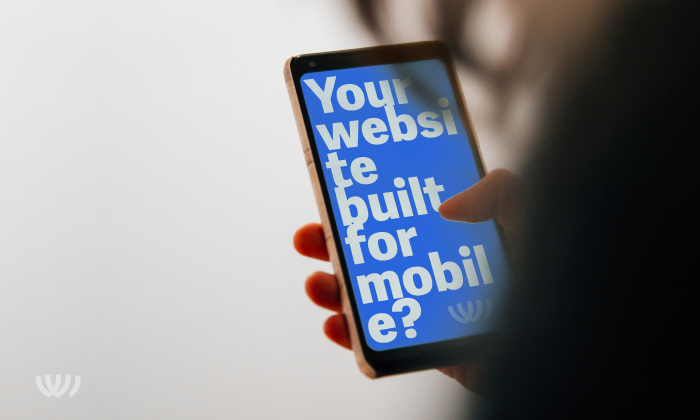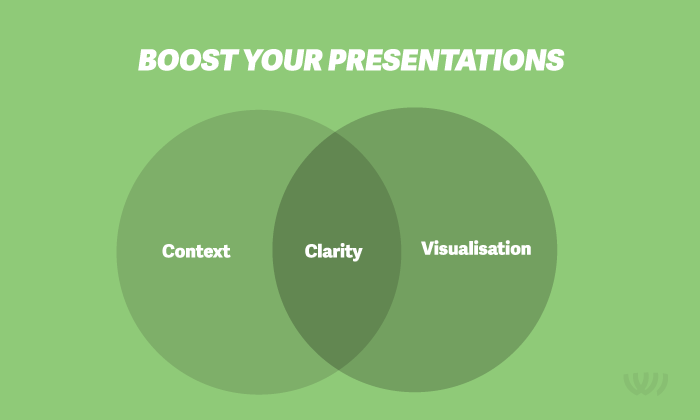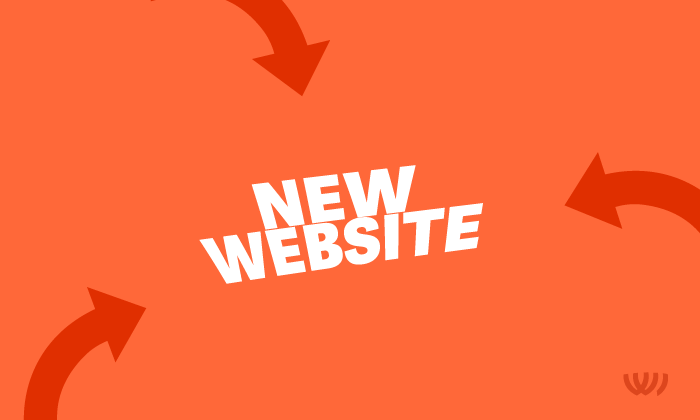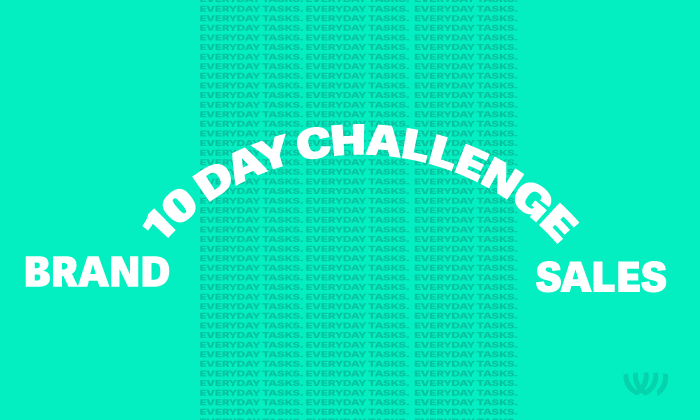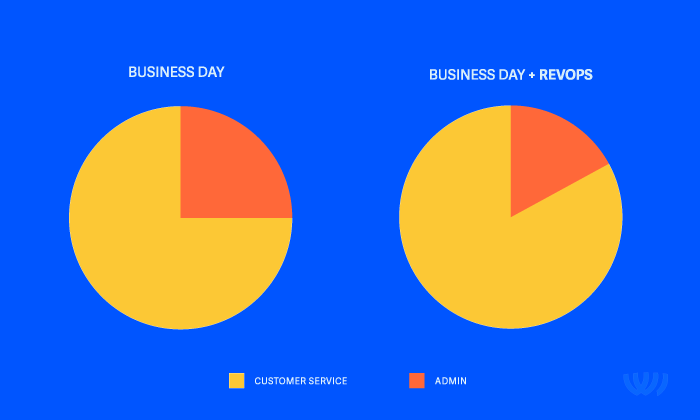Starting a small business is exciting, but tackling brand building and marketing can feel daunting, especially when money’s tight. The good news? A modest budget doesn’t limit your impact. With clever strategies and a DIY approach, you can build a strong brand without spending a fortune.
Where to start?
Your Brand’s Core: The Essentials
Before any marketing, define your brand’s essence. This is your business’s DNA.
First, figure out your brand’s identity—its ‘who’ and ‘why’. Understand:
Next, craft your core visuals—how your brand looks.
Finally, set up your basic online presence. For local businesses, search engine business profiles (like Google My Business or Bing Places for Business) are a must. They’re free and get you found in local searches and on maps. Then, pick 1 or 2 social media platforms where your target customers hang out most, and focus your energy there. You can use maultiple platforms, but intially, try to manage your workload.
Getting Noticed: DIY Marketing
With your brand set, it’s time to get people talking without a huge marketing budget. It’s all about being clever and consistent. Online marketing is the most budget friemdly, high ipact starting point.
Content is king, and it’s free to create! To some extent, ‘social is the new storefront’. To represent your product or service, share your knowledge and give value:
Embrace local connections and community building:
Think about networking and collaborating:
Email marketing is still strong and affordable. Build your list by offering something valuable for signing up, then send regular, helpful emails that build relationships, not just sales pitches.
If you can spare a very small amount for advertising, use it wisely:
Lastly, always be learning and adjusting. Use basic analytics to see what works. Don’t be afraid to try new things; low-cost strategies mean less risk if something doesn’t land. Keep refining based on what you learn.
Success with a small budget boils down to being creative, consistent, and truly understanding your audience. Focus on making real connections and providing value. Your passion and unique offering are your biggest strengths—make sure your brand and marketing show that, even without spending a lot.
Conclusion: The Momentum
It’s easy for businesses to feel accomplished after setting up their brand’s core essentials – the logo, color palette, and initial online presence. However, it’s crucial to understand that these foundational elements are merely a platform and a conduit for the ongoing work of DIY marketing. While robust essentials are vital for consistency and credibility, they won’t automatically generate buzz or attract customers. The real momentum comes from consistent, creative DIY marketing efforts. Without actively engaging in content creation, community building, and strategic outreach, even the most perfectly crafted brand essentials will remain dormant. Think of it this way: your brand’s core is the stage, but DIY marketing is the performance that draws the audience. Both are indispensable, but one cannot succeed without the other.


